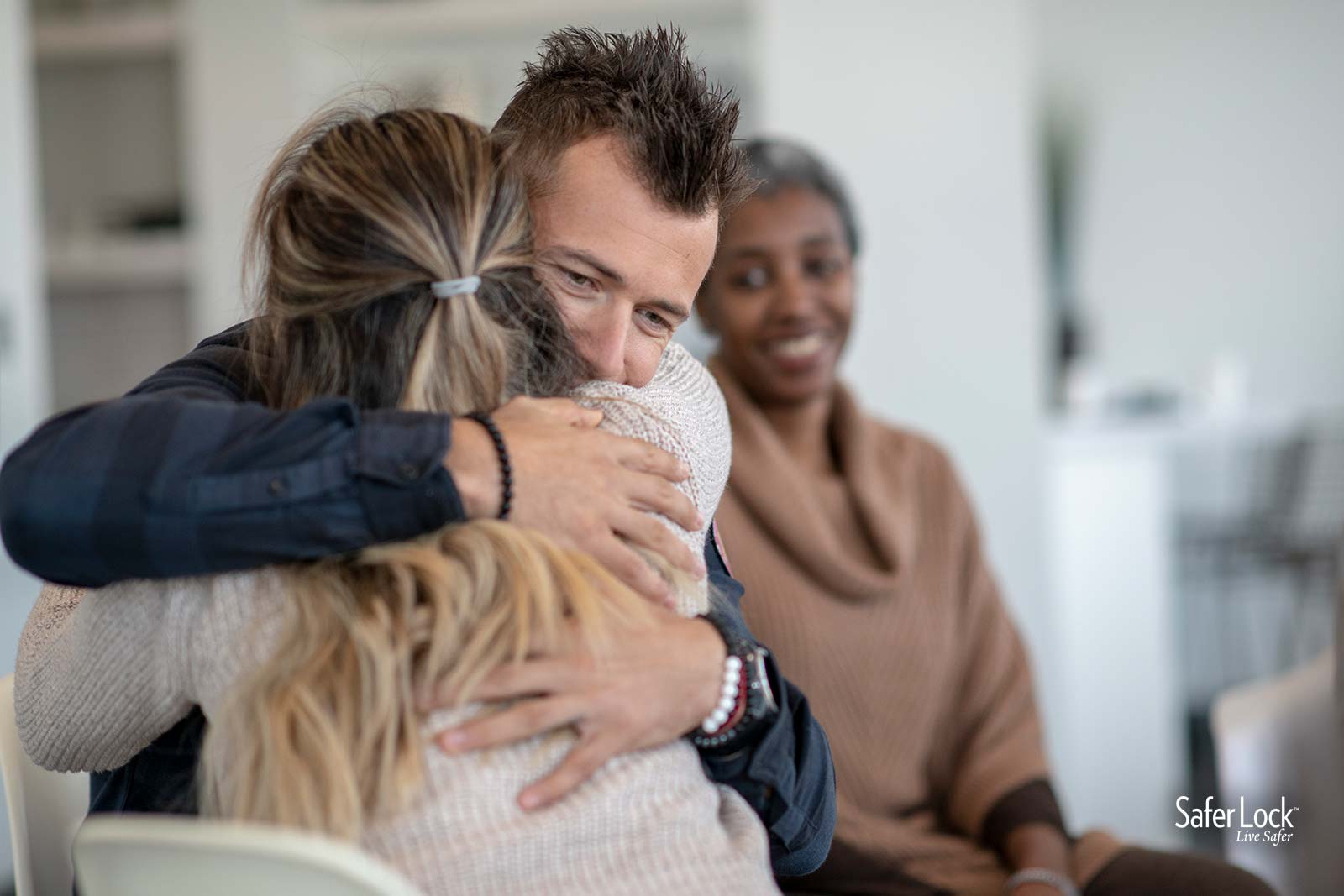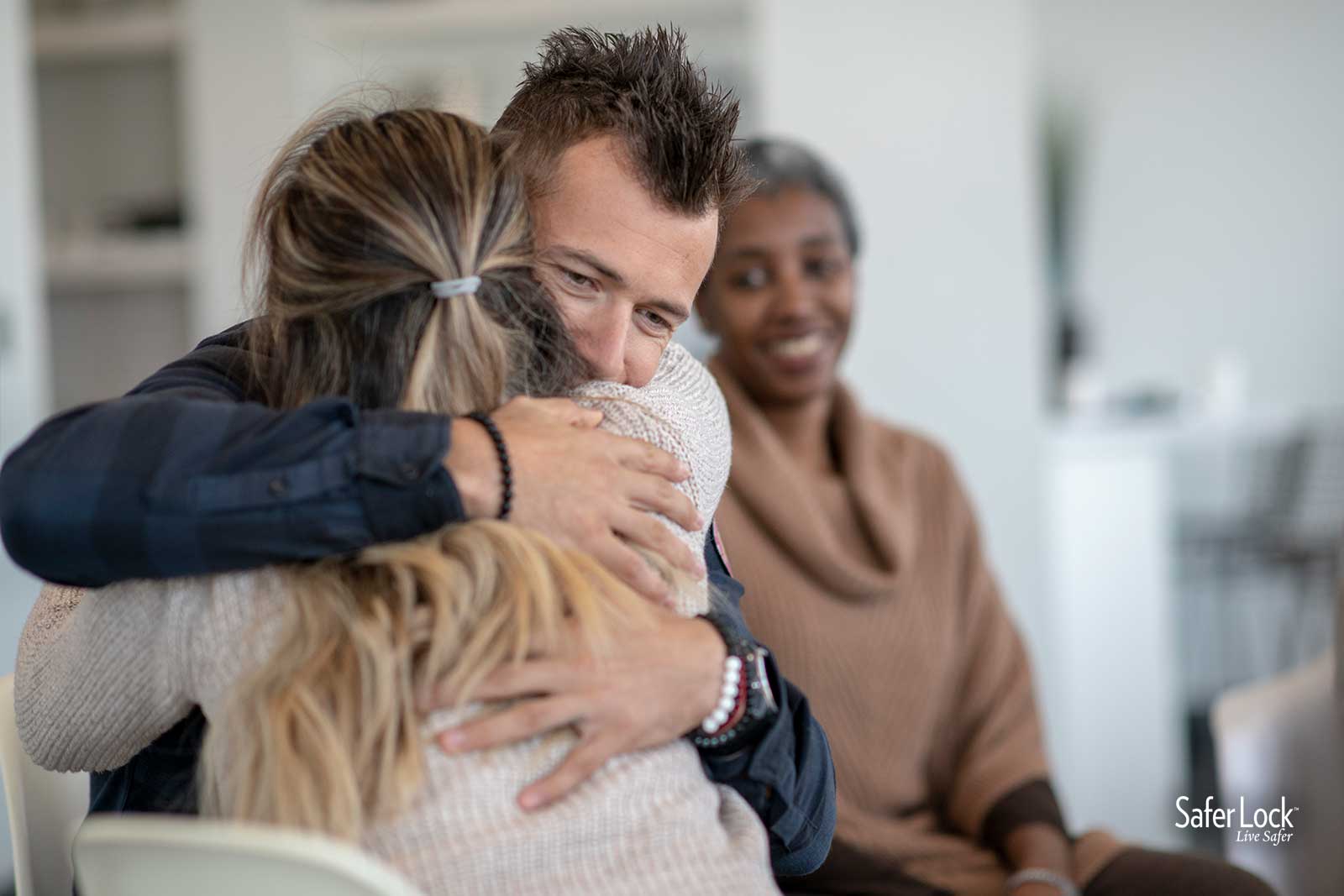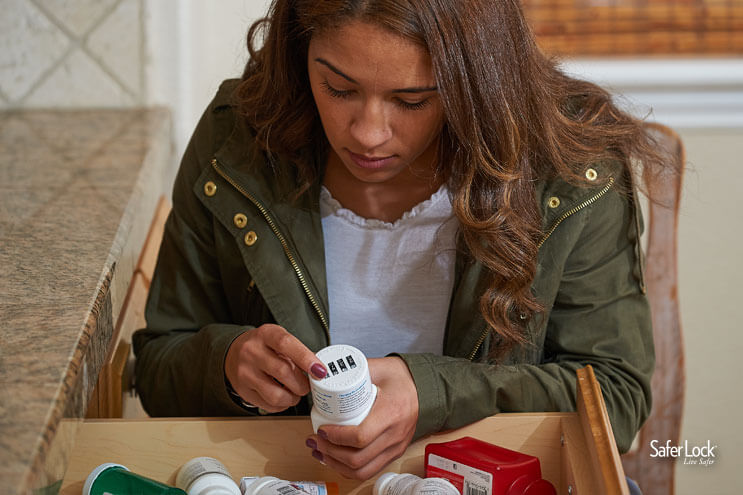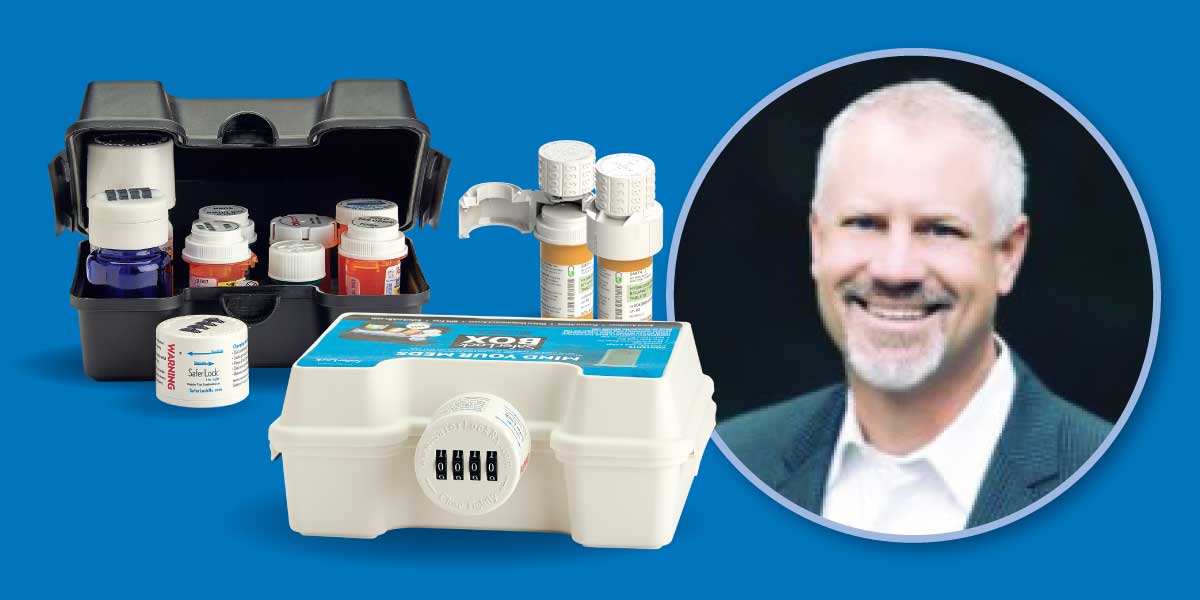September is National Recovery Month, a national observance to promote and support evidence-based treatment and recovery practices, the strong and proud recovery community, and the dedication of service providers who make recovery in all its forms possible.
For 2022, the Recovery Month Theme is supporting recovery for every person, family, and community.
Recovery for Every Person
The road to recovery can feel lonely, but SAMHSA is here to reassure you that you are not alone.
In 2020, 40.3 million people aged 12 or older had a substance use disorder.
Solo recovery is a term used to describe someone’s recovery journey. However, this term can be used in a few different ways. Solo recovery could mean:
- Getting help at the beginning of your recovery journey, and then later deciding to go it alone
- Being involved in a group program or community for many years and then moving to a solo path
- Stopping addiction with no additional program, community, or assistance at all
Social support has been shown to improve recovery outcomes. That being said, you can still find success in your recovery journey if you decide to go it solo.
According to the American Addiction Centers, the following tips can help improve your solo recovery success
- It is recommended that people get some help at least in the early months of their recovery. This is the time when they are most likely to relapse so support can be highly beneficial. It is said to take about five years before people become firmly established in recovery.
- It is important that people examine their motives for choosing solo recovery. If they are just trying to avoid dealing with things then this will not be a good motive for going solo.
- Those people who initially attend rehab may be able to develop many of the skills they need for solo recovery. It can also be helpful to attend any booster sessions available within the first year of recovery. This will reinforce learning and rejuvenate motivation.
- Individuals who go it alone need to be willing to seek help if they ever feel their sobriety is at risk. Solo recovery does not need to involve burning any bridges.
Recovery for Every Family
If you have loved ones who are in recovery, checking in on their mental health can be crucial to keeping them on their journey. Having casual check-ins can help you track any changes in their mood or behavior. You can also help them talk through any triggers or stressful events.
According to SAMHSA (Substance Abuse and Mental Health Services Administration), the process of recovery is supported through relationships and social networks. This often involves family members who become the champions of their loved one’s recovery.
You provide essential support to your family member’s journey of recovery and similarly experience the moments of positive healing as well as the difficult challenges.
Families of people in recovery may experience adversities in their social, occupational, and financial lives, as well as in their overall quality of family life. This can lead to increased family stress, guilt, shame, anger, fear, anxiety, loss, grief, and isolation.
Family and peer relationships can help lay the foundation for SAMHSA’s four dimensions of recovery.
- Health: overcoming or managing one’s disease(s) or symptoms, and making informed, healthy choices that support physical and emotional well-being
- Home: having a stable and safe place to live
- Purpose: conducting meaningful daily activities, such as a job, school volunteerism, family caretaking, or creative endeavors, and the independence, income, and resources to participate in society
- Community: having relationships and social networks that provide support, friendship, love, and hope
Recovery for Every Community
Recovery from addiction has typically been seen as a personal transformation, but what happens when a substance use problem is community-wide?
The Recovery Research Institute explored the complicated issue of community recovery.
Beyond the personal level, widespread substance abuse can deteriorate system-level resources such as strong families, tight social networks, and indigenous community institutions.
Over time, when hopelessness and learned helplessness become ingrained in community culture and transmitted across generations, the community itself is in need of recovery from substance abuse problems.
Here’s what researchers found:
For individuals & families seeking recovery: People in distressed communities need opportunities to share their experiences. Personal recovery from alcohol and other drugs can translate into collective recovery when you can see your story as part of a larger story (i.e., “I” to “we”). Consider engaging in focus groups, town meetings, and other listening forms where people can share their experiences, strength, and hope.
For scientists: This article suggested that a neighborhood, community, or culture can be said to be in need of recovery when substance abuse-related problems reach levels of prevalence and severity that threaten collective health and functioning and are transmitted generationally. Conducting recovery prevalence surveys, mapping problem severity by zip code, and establishing recovery-focused system performance benchmarks are all areas that scientists can contribute to that will advance efforts for community recovery.
For policymakers: In their case study, the authors demonstrated and documented revitalization efforts at the community level to improve recovery from alcohol and other drug problems. There are multiple pathways and styles of community recovery and renewal. Funding a Recovery Community Center or building recovery support into other settings such as schools, churches, businesses, arts, and sports will increase the social space for recovery. Successful strategies for community recovery should achieve good fits at both the community and cultural levels.
For treatment professionals and treatment systems: As treatment systems start to emphasize recovery and resilience as complementary goals to reductions in pathology, their vision will inevitably identify the interconnectedness of the individual within a larger ecology and plans of individual recovery will be extended to that of the community. Hosting meetings that mix treatment providers, allied professionals, individuals, family members, and grassroots organizations may help connect service providers and the larger community in ways that are synergistic and mutually beneficial. Creating structured exercises in relationship-building will decrease polarization and us-versus-them mentality (i.e., one group versus the other group).
Participate in Recovery Month 2022
Whether you are an individual, family member, or community in need of recovery from substance abuse, recovery month offers a time to share resources, stories, and hope. Addiction recovery is possible. Rehab success rates can be as high as 80%, so use this month as a chance to prove to yourself and others:
Recovery is possible.



